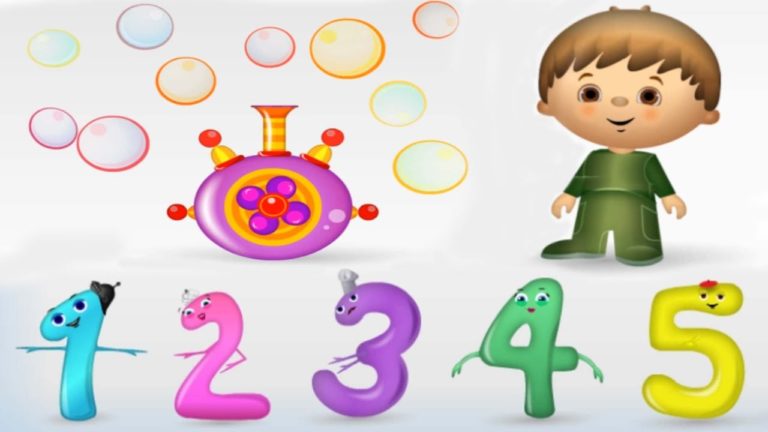
The name of it may already be familiar to us; but if not, then let us get straight to the definition. Penicillin is a group of antibiotics that is used to treat certain infections caused by bacteria. Was not just because of its use, Penicillin has some interesting background story. A story of how it is founded – accidentally.
Penicillin was discovered in 1928 by a Scottish physician and microbiologist, Alexander Fleming. He put a colony of mold on a petri dish andwent away on a two-week vacation. He returns just to finds that the mold colony is growing because turns out, he forgot to put them in his incubator.
Fleming was amazed by how that growing colony of mold is completely clear of bacteria. He then studying this mysterious event, and came to realize that the mold was a compound that kills the bacteria instead – a species in the Penicillium genus just later to be named “Penicillin.”
The genus penicillium was a microbial defense system that constantly produces penicillin to defend itself from threats like bacterial – that might consume the resources of penicillium. Penicillin destroys bacteria by bursting their cell wall and also by inhibits bacterial cell wall synthesis by binding and inactivating proteins that present in the bacterial cell wall.
This discovery leads Fleming to his Noble Prize that he won in 1945. It quickly becomes some universities’ and scientist’s laboratory curiosity that they continue to study and develop it. But during World War II, penicillin was considered as a miracle drugs and was mass-produced. It was considered a miracle because how fast it works to treat infections of the wounded soldiers given that according to historical notes, infections had killed more soldiers at war than battle injuries.
People in the recent days are still using it actively, since the day penicillin was commercially available. Illness can be treated by the help of penicillin, two among them were pneumonia and blood poisoning(septicemia). During the second world war, penicillin also cured the major causes of death in the battle hospital such as strep throat, scarlet fever, syphilis, gonorrhea, rheumatic, meningitis, and many other that were successfully treated by penicillin.
We use penicillin when our skin – our very first barrier to fight disease off – are cut or somehow broken that opens a way for bacterial to sneak in. Even though it is considered as one of the most important, life-saving antibiotics used in the medicine world, five to fifteen percent of patients in developed countries self-identify as allergic to penicillin, as now it is reported the most commonly drug allergy. Meanwhile the vast majority of them who think they are allergic to penicillin actually are not. Some cases that happened explained that patients labelling their children – mostly happened to children – allergic to penicillin when a rash appears after they are treated for an infection. While it was often blamed on penicillin, truth is the more likely culprit is the original infection itself. Or it could be the reaction of an infection when it is treated by an antibiotic.
However, there are genuine penicillin allergies where our immune systems mistake penicillin for an attacker, it happens rarely, but still is very dangerous when it is happened. To know for sure whether someone is indeed allergic to penicillin, best thing to do is to visit an allergist so they will complete and evaluation and will confirm whether is the allergy true or not. Even if someone is stated having an allergy towards penicillin, they will outgrow their allergy in ten years as it has already happened to 80% of people who had the same case.
To avoid misusing penicillin, consume with prescription from trusted sources, doctors or pharmacy.However, the more we use any antibiotic, the more bacteria’s resistance is towards it. And remembering that antibiotic use has increased so that more and more bacteria have evolved their defense, making some antibiotics’work ineffective against a growing number of bacterial infections. This means it’s essential that doctors not overprescribe the drug.
As something that we all take for granted nowadays, it is also interesting to look back to the times when it has not been invented yet, years before 1943. The world without antibiotics. People back then used either something herbal from their garden – way more ancient and traditional way – or a chemical compound such as Mercury Compounds that were used to treat syphilis from about 1363 to 1910. But it is a quite risky compound for it has side effects including kidney and brain damage, extensive damage to skin, and even death. At least technology is the one we should be thankful to, also the people who works behind it, that includes whether the diligence of engineer or the smart mind of the scientist that helps developing this useful invention in keep saving lives.
By Rezky Dwisantika


